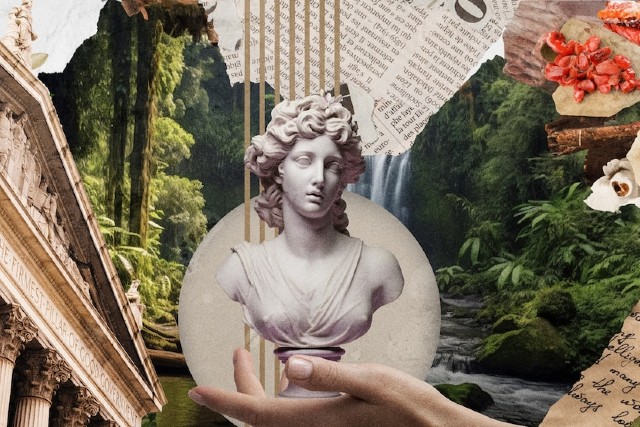Art, a mirror to the cultural, social, and political landscapes of its time, has evolved through numerous styles and movements, each distinct in its expression and ideology. This article delves into the fascinating journey of art history, exploring various famous art styles and movements, tracing their origins, and unraveling their key characteristics.
The Renaissance (14th to 17th Century)
The Renaissance marked a pivotal moment in art history, emerging as a beacon of enlightenment after the dark Middle Ages. It represented a rebirth of classical antiquity and a new emphasis on humanism. Artists like Leonardo da Vinci and Michelangelo broke away from the rigid Byzantine style, introducing perspective, chiaroscuro, and a more lifelike representation of the human body. This era celebrated human intellect and creativity, giving birth to masterpieces that continue to awe the world.
Baroque (17th Century)
Baroque art, known for its drama, rich color, and intense light and shadow, was a response to the Protestant Reformation. Artists like Caravaggio and Rembrandt used dramatic effects to evoke emotional intensity. This style often featured grandeur and opulence, mirroring the power of the church and monarchy.
Impressionism (Late 19th Century)
Breaking away from the realism of earlier movements, Impressionism was about capturing the moment. Artists like Claude Monet and Edgar Degas sought to capture the transient effect of light and color. Their brushstrokes were more visible and colors brighter, moving art towards more abstract realms.
Expressionism (Early 20th Century)
Expressionism emerged as a reaction against the perceived superficiality of Impressionism, focusing on representing emotional experiences rather than physical reality. Edvard Munch’s “The Scream” is a quintessential example, conveying intense emotional expressions through distorted figures and agitated brushstrokes.
Cubism (Early 20th Century)
Pioneered by Pablo Picasso and Georges Braque, Cubism broke away from traditional perspective. It represented objects from multiple viewpoints, deconstructing them into geometric shapes. This style profoundly influenced the course of modern art by challenging conventional forms of representation.
Modernism (Late 19th and 20th Century)
Modernism was not just a style but a collective term for various avant-garde movements. It encompassed several genres like Fauvism, Futurism, and Surrealism, each seeking to challenge traditional aesthetics and explore innovative forms of expression. The movement was a response to the rapid changes in society, technology, and culture.
Reproductions of Paintings and the Legacy of Christian Artworks
The practice of reproducing paintings, especially those with significant historical and religious value like Christian artworks, serves as a bridge connecting modern audiences to the past. These reproductions not only help in preserving the legacy of these Christian art works, but also make them accessible to a wider public, allowing a deeper appreciation of their artistic and cultural significance.
Postmodernism (Late 20th Century)
Postmodernism is characterized by its diverse aesthetics, eclecticism, and a skeptical approach to grand narratives. It often involves the deconstruction of ideas and a playful mix of styles and mediums. This movement questioned the foundations of all art movements before it and often had a strong conceptual basis.
Conclusion
Each art movement and style reflects the spirit of its time, offering a unique lens through which we can view and understand history and culture. From the human-centric focus of the Renaissance to the abstract expressions of Modernism and the skeptical questioning of Postmodernism, art has continued to evolve, challenging and reflecting the complexities of human experience. Through this journey, art not only beautifies spaces but also educates, inspires, and provokes thought, serving as an eternal testament to the evolving human condition.


